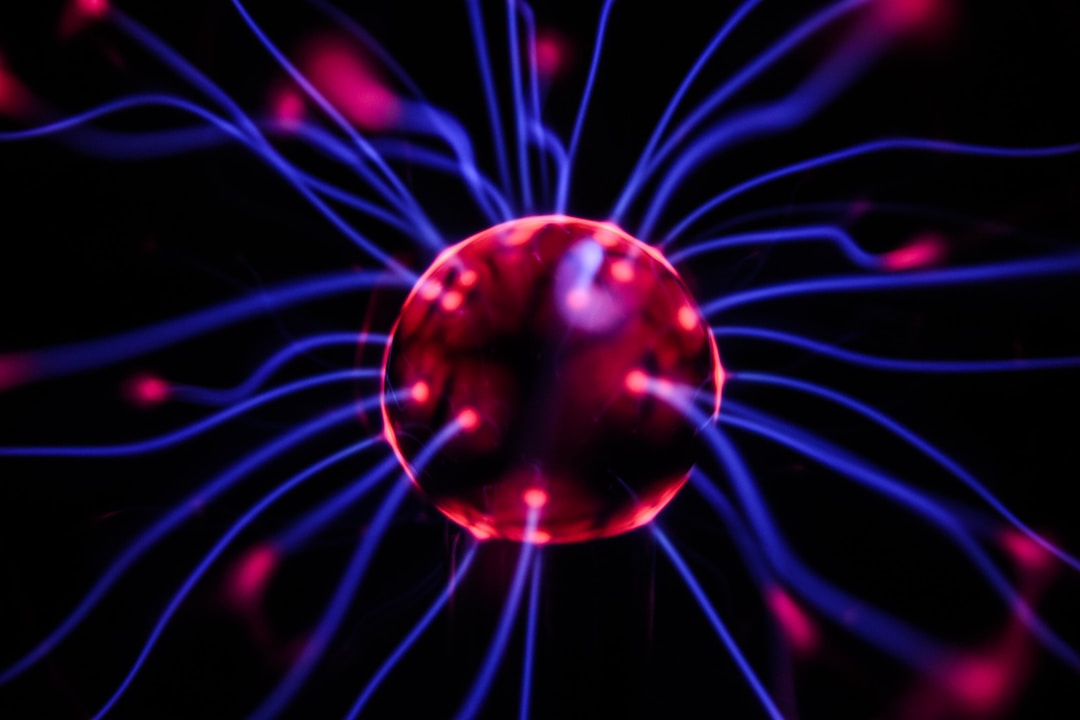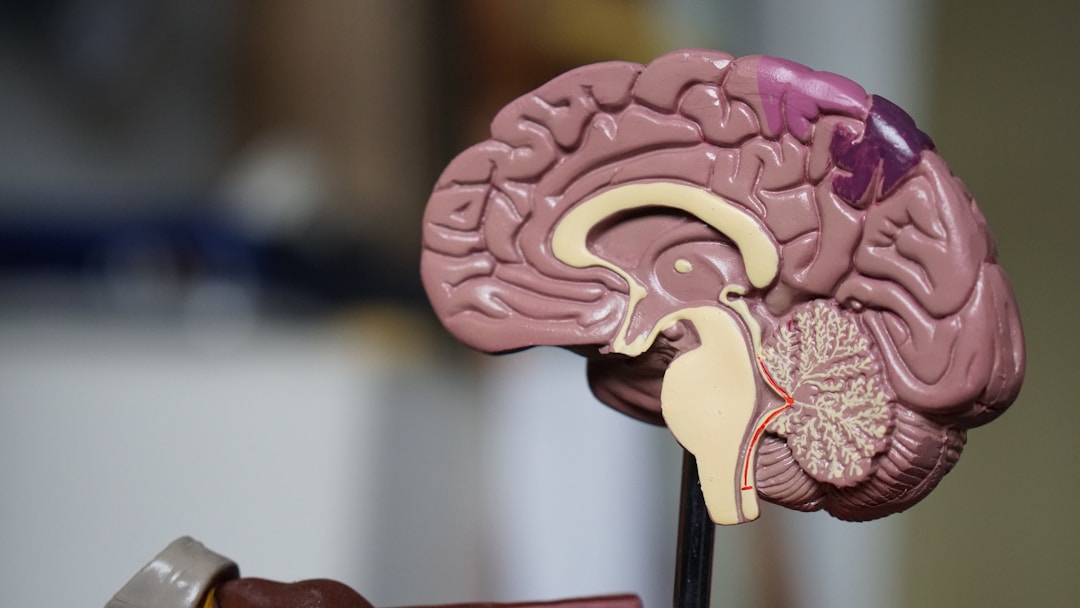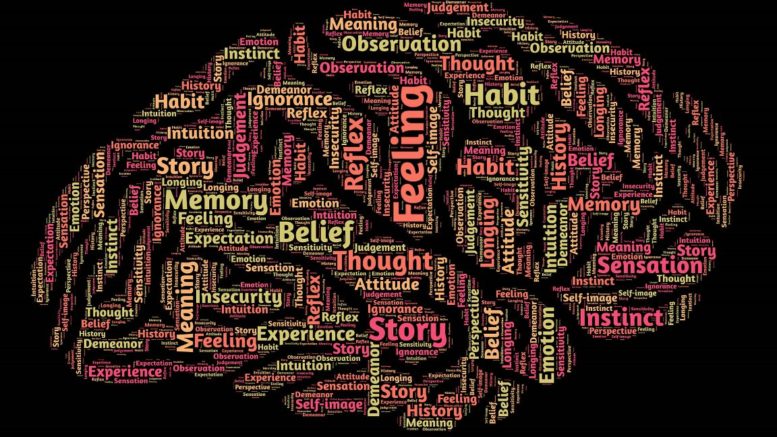The nervous system is a network of nerves that convey messages back and forth from the body to the brain. So you know, the neuron—a specialized nerve cell in the brain—is responsible for transmitting these messages from the brain to other nerve cells.
The system includes the peripheral nervous system (PNS) and central nervous system (CNS). The former consists of the brain and spinal cord, while the latter is made up of the remaining nerves in the rest of the body. Despite these basic facts, there’s so much about the nervous system that you don’t know. So keep reading to learn five things that nobody has told you before.
1. The PNS has several subsystems embedded in it

The peripheral nervous system is further divided into two subsystems; the autonomic and somatic nervous systems. The autonomic one controls the body’s involuntary movements like digestive operation, breathing, metabolism, or heart rate. Conversely, the somatic nervous system (SNS) refers to the body’s voluntary system, which controls what a person can do consciously. For example, a woman going for a bra sale to cash in on ongoing promotions to buy clearance bras.
So you know, the sensory nervous system comprises the somatosensory system and sensory nervous system. The somatic nervous system sends signals from sense organs to the brain and spinal cord.
2. The nervous system requires special nutrition
Several nutrients promote a healthy nervous system. This includes green leafy vegetables, beans, nuts, dark chocolate, fish, and whole grains. In addition, you can take a natural dietary supplement like Nerve Control 911 to improve your nerve health.
Speaking of supplements, the Nerve Control 911 is a PhytAge Labs supplement created to enhance muscle performance, reduce inflammation, curb insomnia, lower anxiety, and reduce the risk of high blood pressure. PhytAge Laboratories created this ultimate solution for the central nervous system using the best ingredients on the market.
PhytAge Labs Nerve Control 911 formula contains a perfect blend of natural ingredients like corydalis powder, California poppy seed, prickly pear extract, marshmallow root, and passionflower. If you decide to opt for supplements, make sure you check for possible side effects and recommend a dose to take.
3. The nervous system contains different types of neurons
The nervous system contains billions of neurons with different individual characteristics and functions. In addition, they come in different shapes and sizes. For example, motor neurons have dendrites on one end and a cell body on the other. A long axon connects them in the middle.
There are four major types of neurons; sensory, motor, receptors, and interneurons. Sensory neurons transmit electrical signals from the body to the brain and spinal cord. Conversely, motor neurons convey signals from the brain and spinal cord to the body.
Receptors sense what’s happening around the body and convert it into electrochemical energy sent out by the sensory neurons. Lastly, interneurons are responsible for sending messages from one neuron to another.
4. The brain consumes more energy than other organs in the body
The brain’s primary function in the nervous system is to process and transmit messages using electrical signals. As a result, the brain requires a significant amount of energy to function at an optimal level. The nerve cells steadily pump ions into the synapses to create electrical charges that power the operation of the brain. There’s no gainsaying that this operation is energy-intensive.
The average energy consumption of the brain stands at 20% of the total energy reserves in the body. No other organ in the body uses that much energy. Even while you are asleep at night, your brain consumes much energy because your neurons are in constant communication with each other.
5. The brain shrinks with age

The brain is a significant component of the nervous system since the bulk of the processing and transmitting information occurs. As we grow older, the brain changes in so many measurable ways. So you know, we lose a significant proportion of neurons as we get older. Unfortunately, the loss of these neurons results in brain shrinkage. A typical human being starts to experience brain shrinkage in their 30s or 40s. The rate of shrinkage is expected to increase once the person clocks 60. Studies show that an average human being would have lost about 1/10th of their neurons before turning 70.
Since brain shrinkage is a natural process, there’s no way to stop it. Notwithstanding, you can improve your brain health by eating healthy, staying active, and going for routine medical checkups.
